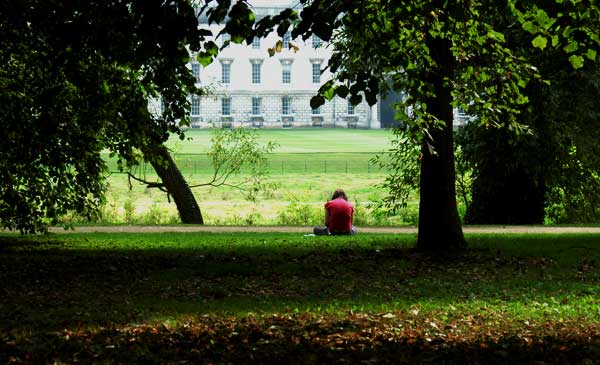Here’s an interesting quote:
The boxes are stacked eight feet high and line the walls of the large, windowless room. Inside them are new body bags, 10,000 in all. If a big, slow-moving hurricane crossed the Gulf of Mexico on the right track, it would drive a sea surge that would drown New Orleans under 20 feet of water. “As the water recedes,” says Walter Maestri, a local emergency management director, “we expect to find a lot of dead bodies.”
Q: Where did this appear?
A: in an article in Scientific American — published in October 2001.
Here’s another interesting quote:
It was a broiling August afternoon in New Orleans, Louisiana, the Big Easy, the City That Care Forgot. Those who ventured outside moved as if they were swimming in tupelo honey. Those inside paid silent homage to the man who invented air-conditioning as they watched TV “storm teams” warn of a hurricane in the Gulf of Mexico. Nothing surprising there: Hurricanes in August are as much a part of life in this town as hangovers on Ash Wednesday.
But the next day the storm gathered steam and drew a bead on the city. As the whirling maelstrom approached the coast, more than a million people evacuated to higher ground. Some 200,000 remained, however—the car-less, the homeless, the aged and infirm, and those die-hard New Orleanians who look for any excuse to throw a party.
The storm hit Breton Sound with the fury of a nuclear warhead, pushing a deadly storm surge into Lake Pontchartrain. The water crept to the top of the massive berm that holds back the lake and then spilled over. Nearly 80 percent of New Orleans lies below sea level—more than eight feet below in places—so the water poured in. A liquid brown wall washed over the brick ranch homes of Gentilly, over the clapboard houses of the Ninth Ward, over the white-columned porches of the Garden District, until it raced through the bars and strip joints on Bourbon Street like the pale rider of the Apocalypse. As it reached 25 feet (eight meters) over parts of the city, people climbed onto roofs to escape it.
Thousands drowned in the murky brew that was soon contaminated by sewage and industrial waste. Thousands more who survived the flood later perished from dehydration and disease as they waited to be rescued. It took two months to pump the city dry, and by then the Big Easy was buried under a blanket of putrid sediment, a million people were homeless, and 50,000 were dead. It was the worst natural disaster in the history of the United States.
Q: Where and when was this published?
A: In National Geographic Magazine, last October. Thanks to Dave Winer and Doc Searls for the links.



